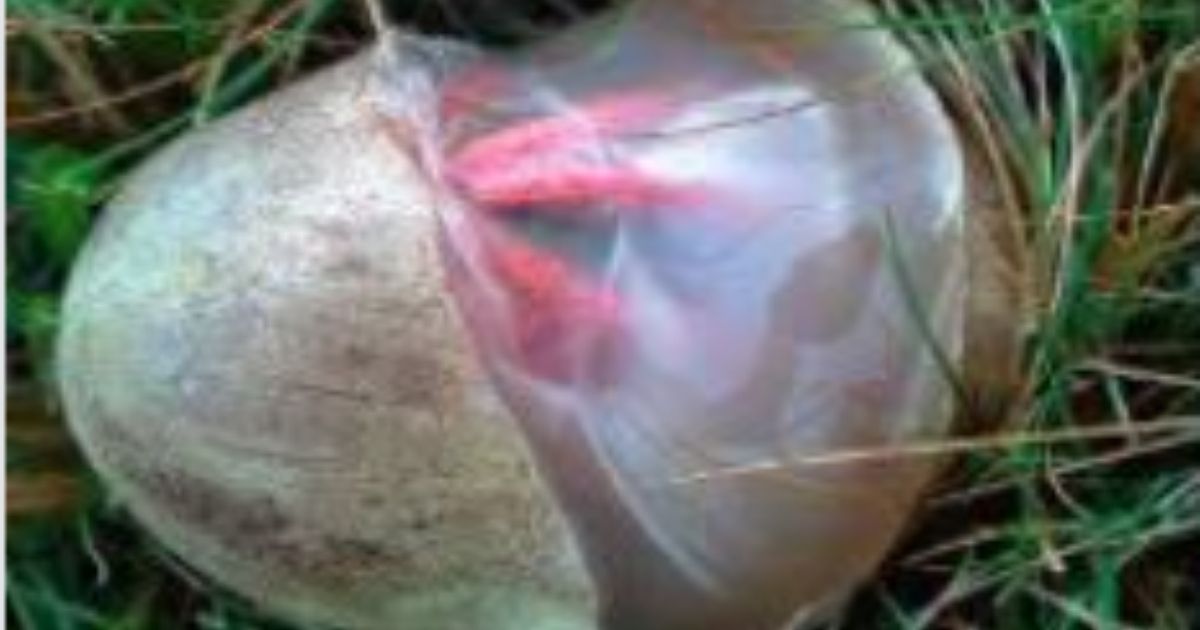When most people think of the beauty of nature, they think of pastoral, tranquil evidence of a Creator behind it all: babbling brooks, new buds on trees, wildflowers and majestic forests.
But there are plenty of other examples of God’s design that are just as fascinating — if a bit more unsettling.
Enter the “Devil’s Fingers” fungus. It looks downright diabolic, like part of some Halloween decor got left on the lawn or “Stranger Things” just came to life, but it’s a very real, fiercely wonderful fungus.
[firefly_embed]
[/firefly_embed]
Also known as “Octopus Stinkhorn” or “Octopus Fungus,” no stage of this organism’s lifecycle is comforting.
“The devil’s fingers fungus hatches from a slimy, gelatinous ‘egg,'” The Wildlife Trusts’ page on the fungus states.
“As it grows, the tentacle-like arms start to protrude. The bright red color of this fungus makes it easy to spot although it is fairly rare in the U.K. Related to the stinkhorns, it has a strong and unpleasant smell.”
[firefly_embed]
[/firefly_embed]
To be more specific, that “unpleasant smell” is the smell of rotting meat — which, as disgusting as it is to us, was designed for a very specific purpose: reproduction.
The stench draws insects who love that smell, and they in turn land on the fungus and then carry spores to new locations, spreading the fungus’ reign. And it’s an incredibly effective method.
[firefly_embed]
[/firefly_embed]
Native to New Zealand and Australia, the fungus was first discovered in the United Kingdom in the early 1900s, and around the year 2000, it was first spotted in New Forest National Park in southern England.
“Flies, beetles and slugs are attracted to the smell of rotting flesh, and the slime sticks to them when they come into contact with it, and so the spores are dispersed far and wide,” the New Forest National Park’s page on the striking fungus states.
[firefly_embed]
[/firefly_embed]
“It has obviously proved to be an excellent way of spore dispersal, to have allowed colonization of the entire New Forest in under 20 years, and now even some other places in the South of England. This is a unique and unusual way of spore dispersal for a fungus.”
While many times the color red in nature translates to “danger,” the color here is not indicative of toxicity, according to the New Forest Explorers Guide. The taste (yes, some people have tried it) is not particularly welcoming, either.
The look and smell of the fungus certainly work well to ward off any human threats, further protecting itself and ensuring its survival.
While you likely won’t spot this stateside, there are plenty of similarly unique fungi on our own turf, especially if you live in areas where there is a lot of moisture and organic matter.
[firefly_embed]
[/firefly_embed]
Take the “Bleeding Tooth” fungus as another example (call it by its more palatable name, “Strawberries and Cream,” if you’d like). Have you ever seen anything like this in your yard?
Flowers and trees are nice, but fungi are no less intricate and interesting, even if they aren’t your cup of tea. The variations are boundless, you just have to have some curiosity and a strong constitution to appreciate even the weirdest examples of God’s inexhaustible, creative handiwork.
This article appeared originally on The Western Journal.

























 Continue with Google
Continue with Google